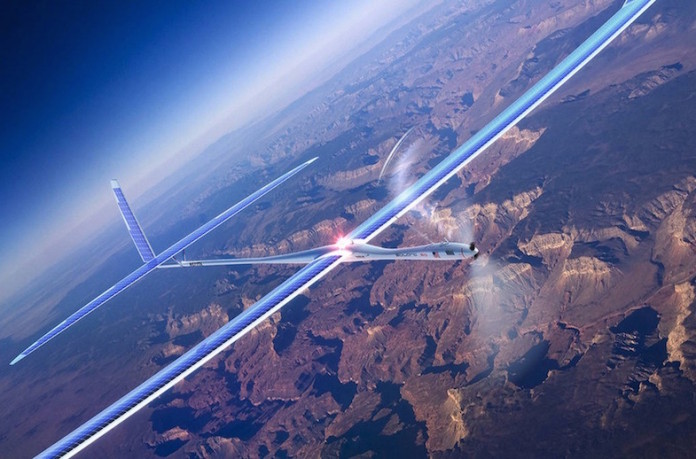
Alphabet, the parent company of Google, has confirmed the closure of its solar drone division, which was formed after its Titan Aerospace acquisition.
Employees in the team have been shifted to other divisions at X, including Loon and Project Wing, ZDNet reported.
A Google X spokesperson was quoted by the publication as saying: “The team from Titan was brought into X in late 2015. We ended our exploration of high altitude UAVs for internet access shortly after.
“By comparison, at this stage the economics and technical feasibility of Project Loon present a much more promising way to connect rural and remote parts of the world.
“Many people from the Titan team are now using their expertise as part of other high flying projects at X, including Loon and Project Wing.”
Google acquired Titan Aerospace in 2014, as part of its plans to expand internet access to remote areas across the globe.

At the time of acquisition, Titan was making solar-powered atmospheric satellites that were expected to fly at an altitude of 65,000ft and remain in flight for about five years.
Employing 20 people, Titan operated from its headquarters in New Mexico. Facebook had also reportedly made a bid to buy Titan at that time.
Titan Aerospace became part of Google “X” division in 2015 after the reorganisation of the search engine giant.
The shutdown of the Titan solar drone programme highlights the difficulties faced by the technology firms in providing access to internet in the under developed areas.
Both Google and Facebook outlined plans to make use of the drone technology to offer internet access at lower costs compared to satellites.
In 2014, Facebook bought a UK-based aerospace company Ascenta for $20m in a bid to provide internet to remote areas.
The social networking giant completed the development of solar-powered Aquila, a high-altitude, long-endurance drone in July this year.
It has wingspan of a Boeing 737, but will weigh hundreds of times less, which was achieved due to its unique design and carbon-fiber frame.
Facebook said that the drone would be capable of circle a remote region for up to 90 days and provide internet connectivity to those living in remote regions from an altitude of 60,000 to 90,000 feet.






